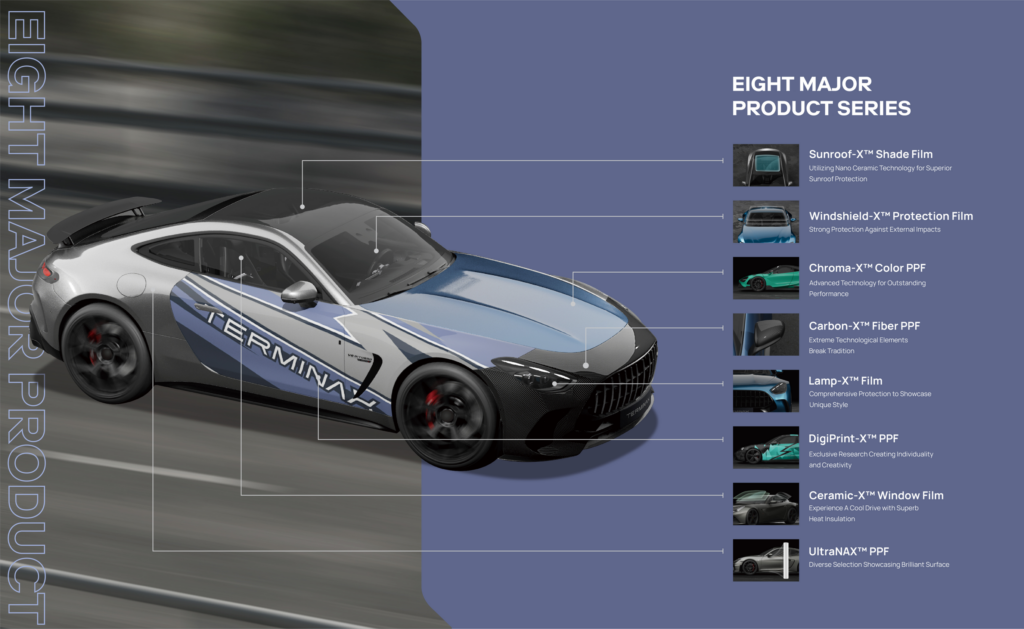How Much Does It Cost to Paint a Car?
Introduction to Car Paint: An Overview of the Basics
Car painting is crucial for maintaining your vehicle’s appearance and protection. It not only enhances the aesthetic appeal of your automobile but also provides a protective layer against rust, corrosion, and wear. Whether you’re looking to update your car’s appearance or protect it from environmental elements, car painting is a must-to-know for you. But how much exactly to paint a car? Well, that depends on various factors, and thus, there’s no great answer to it. In this article, we’ll explore the elements that affect the cost of car paint, the solutions related to it, and everything you need to know before painting your car.
What Is the Average Cost to Paint a Car? A Breakdown of Different Painting Levels
The cost of painting a car can be significantly different depending on the quality of the painting, the level of service, and the complexity of the job. Here are the three main categories of car painting:
Basic Painting:
- Cost Range: $300 – $1,000
- Details: A basic painting generally includes 1 or 2 layers of paint with minimal preparation work. It’s an affordable choice that works well if your car’s paint is in good condition. This kind of job is always done in a budget shop.
Better Painting:
- Cost Range:$1,000 –$4,000.
- Details: This level includes extra considerable preparation and multiple layers of paint, giving a higher-quality coating. Better paint jobs may consist of clear coat finishes that enhance durability. Perfect for cars in decent conditions, this option can well balance the cost and quality.
High-end Painting:
- Cost Range: $4,000 – $20,000 or even more
- Details: A high-end painting offers the best quality, with meticulous surface preparation, premium paint, and multiple coats. These paintings are done by professional technicians and often include personalized finishes, such as metallic paint. This is suitable for high-end cars or those seeking a top finish.
What Can Affect the Cost of Painting a Car?
There are several factors can affect the cost of repainting your car, mainly including:
- Car Size: Larger vehicles need more paint and time, which absolutely increases the price. Trucks, SUVs, and vans are generally more expensive to repaint than small cars.
- Painting Type: The type of paint, whether it’s a basic coat or a high-end painting, will greatly influence the cost.
- Color Option: Some unique or personalized colors will cost even more, especially if the paint requires special mixing or is less commonly used.
- Condition of Existing Paint: If your car has a lot of scratches or dents, additional prep work might be required to ensure the paint adheres properly, hence raising the overall cost.
- Additional Repairs: If your car has rust, chips, or dents that need to be repaired before painting, it can significantly increase the total cost.
How to Know It’s Time for Repainting
It’s not easy to tell when it’s time to paint your car. But, according to professionals, there are some common signs that help you recognize the right time to do such a job:
- Fading Paint: Over time, exposure to UV rays can lead the paint to fade, causing a dull finish.
- Chips and Scratches: Small chips and scratches on the surface can cause corrosion and rust if not properly fixed.
- Peeling Paint: If you notice patches of paint peeling off, it’s a clear indication that the paint job is deteriorating.
- Rust Formation: If rust has begun to form in specific areas, you’d better get the car painted before it spreads out further.
DIY Painting: Everything You Need to Know
If you’re not a skilled technician and are considering a DIY painting, be prepared for a challenging process, as it is not an easy job.
Keep in Mind Before DIY Painting:
- Prepare the Surface: Wash and clean the cars completely, removing all dirt, rust, and old paint. Sand the car to produce a smooth surface for the paint to adhere to.
- Usage High-Quality Paint: Choose a professional-grade car paint and primer. If you desire a glossy finish, you’ll also need a clear layer.
- Apply Even Coats: Use spray guns or aerosol cans to use slim and even layers of paint. Allow each layer to completely dry before applying the next.
- Protect Surrounding Areas: Mask off windows, wheels, and trim to avoid paint from hopping on areas you do not wish to be painted.
The Pros and Cons of DIY Painting:
- Pros:
►Cost-effective: DIY painting is usually more affordable than hiring a specialist.
►Control: You have complete control over the color and the process.
- Cons:
►Time-consuming: DIY painting takes a great deal of effort and time.
►Risk of Imperfection: Achieving a smooth, professional coating is testing without the right tools and know-how.
►Potential for Mistakes: If not done properly, DIY painting can lead to unequal protection, trickles, and peeling, which can cause even higher costs for improvements.
Car Painting vs. Wrapping: Which One is Right for You?
Car wrapping is another option to refresh your car’s appeal, being more simple than painting. Choosing between car painting and wrapping depends on your needs and top priorities.
How to Choose by Different Purposes
- Choose Car Painting If: You want a permanent finish and don’t mind paying more for a high-quality finish.
- Choose Car Wrapping If: You desire more modification alternatives, a faster installation process, and a simple removal option. Wraps are excellent for those trying to find temporary change or a unique look without the commitment of permanent paint.
Car Painting vs. Wrapping: A Comprehensive Comparison
Here is a comprehensive comparison of car painting and wrapping.
| Feature | Car Painting | Car Wrapping |
| Cost | $300 –$20,000+ depending on quality | $1,000 –$10,000+ depending on wrap material |
| Durability | Lasts 5-7 years with proper care | Lasts 5-10 years depending on quality and maintenance |
| Customization | Limited to colors and finishes | Unlimited options for designs and finishes |
| Maintenance | Requires regular waxing and touch-ups | Low maintenance but may need repair after damage |
| Time Required | 3-5 days for professional work | 1-3 days for professional work |
| Removal | Permanent | Easy to remove without damaging the car |
| Resale Value | May increase resale value | Maintain resale value by keeping original paint intact |
| Environmental Impact | More chemicals used | Wraps may be eco-friendly but require proper disposal |
Superior Products Define Your Choice
Car wraps, especially when combined with a high-quality protective film like TERMINAX’s Paint Protection Film (PPF), offer numerous advantages. For instance, with more than 100 colors, Chroma-X™ Color PPF provides a wide range of options for car owners, while also enhances durability by providing protection against chips, scratches, and UV damage. Similarly, their DigiPrint-X™ PPF adds another layer of protection while ensuring custom prints for unique branding or aesthetic appeal. Both PPF options offer self-healing properties and long-lasting performance, ensuring the vehicle stays long-protected and looks fresh, making them a superior alternative to traditional car paint.
FAQ About Car Painting
Is it worth repainting your car?
Repainting your car can help restore its appearance and protect the body from rust and environmental damage. It’s worth it if your car’s paint is fading.
Is it cheaper to paint or wrap a car?
Normally, wrapping a vehicle is more affordable than an expert paint job. However, the price relies on many factors, like the size of the car, the quality of the wrap or paint, etc.
How long does a car paint job last?
A car paint job typically lasts 5 to 10 years, depending on the quality of the paint and maintenance, with proper care helping to extend its lifespan. Other factors, like driving habits and the environment, can also affect its longevity.
What are the best paints for car protection?
There are numerous types of paints on the market. The best paints for car protection are high-quality, durable options like ceramic coatings, polyurethane, and epoxy paints. They perform more excellently in resisting to UV rays, scratches and environmental damage.
Conclusion: Weighing the Cost and Benefits of Car Painting
When it comes to the cost of painting your car, it’s important to understand both the financial investment and the long-lasting benefits. Car painting protects your vehicle and ensures its durability for many years to come. From basic painting to high-end painting, the cost differs based on factors like paint quality, car size, labor expenses and even more. Whether you’re on a budget or seeking a premium finish, the paint can greatly enhance the appearance of your car and shield it from environmental damage.



